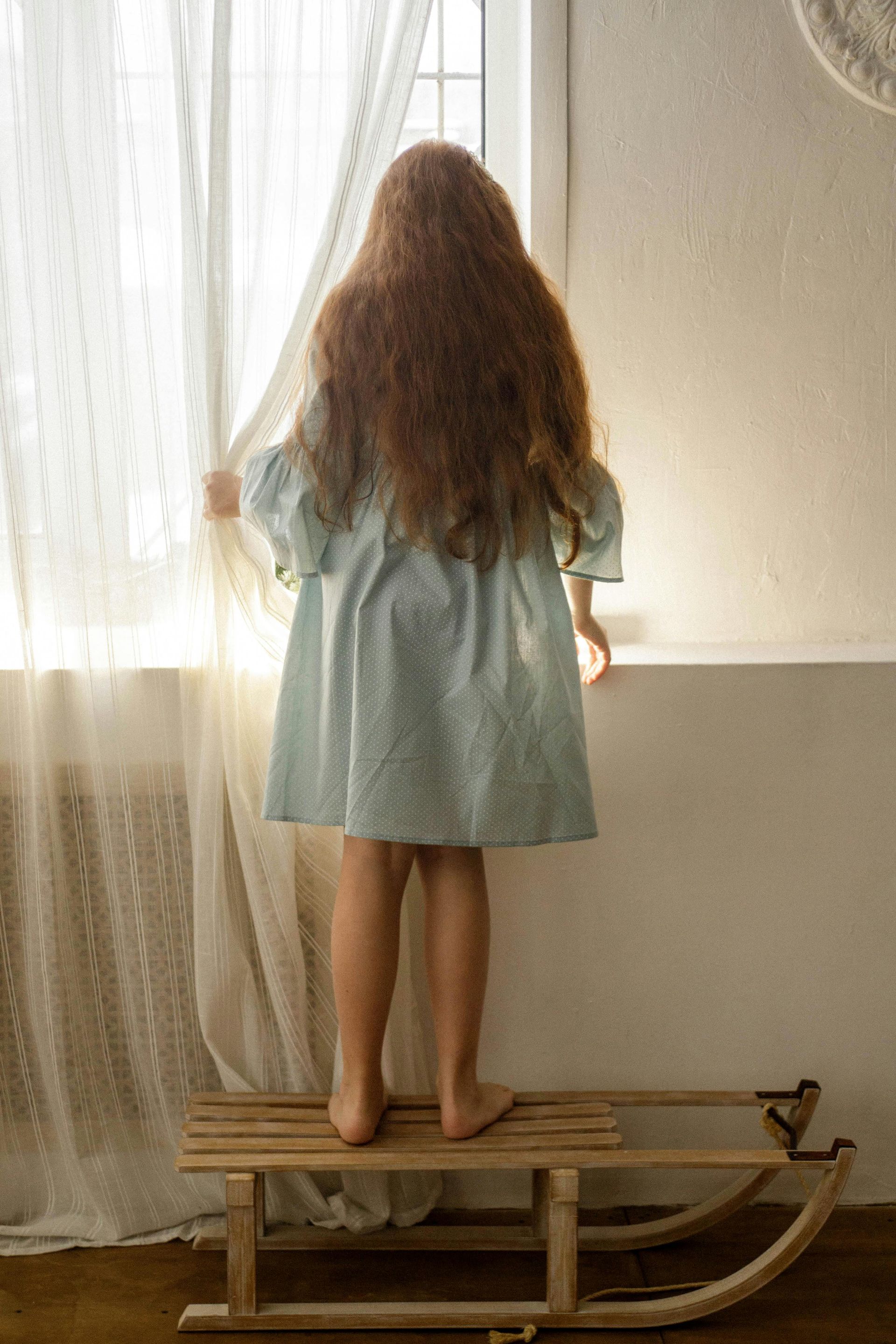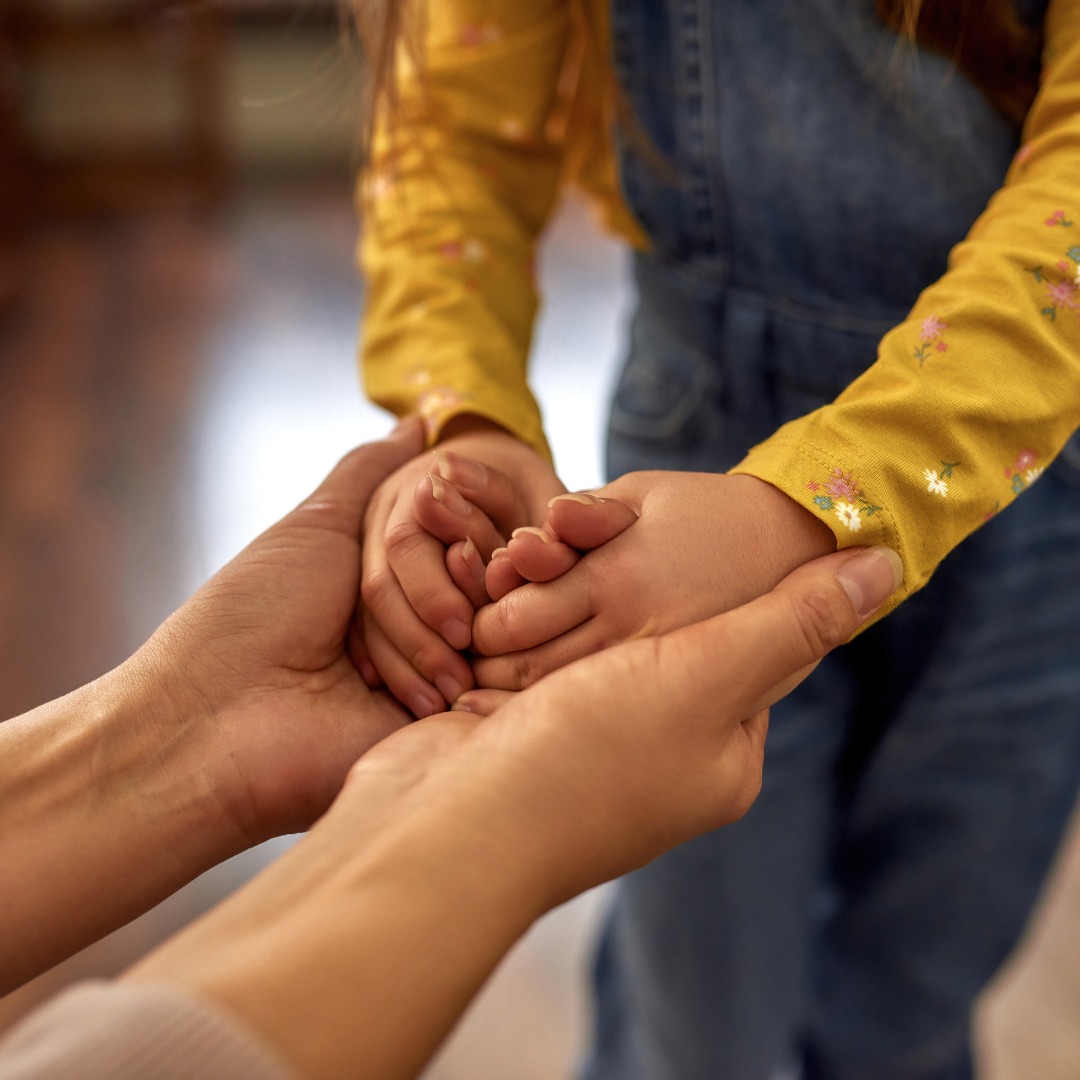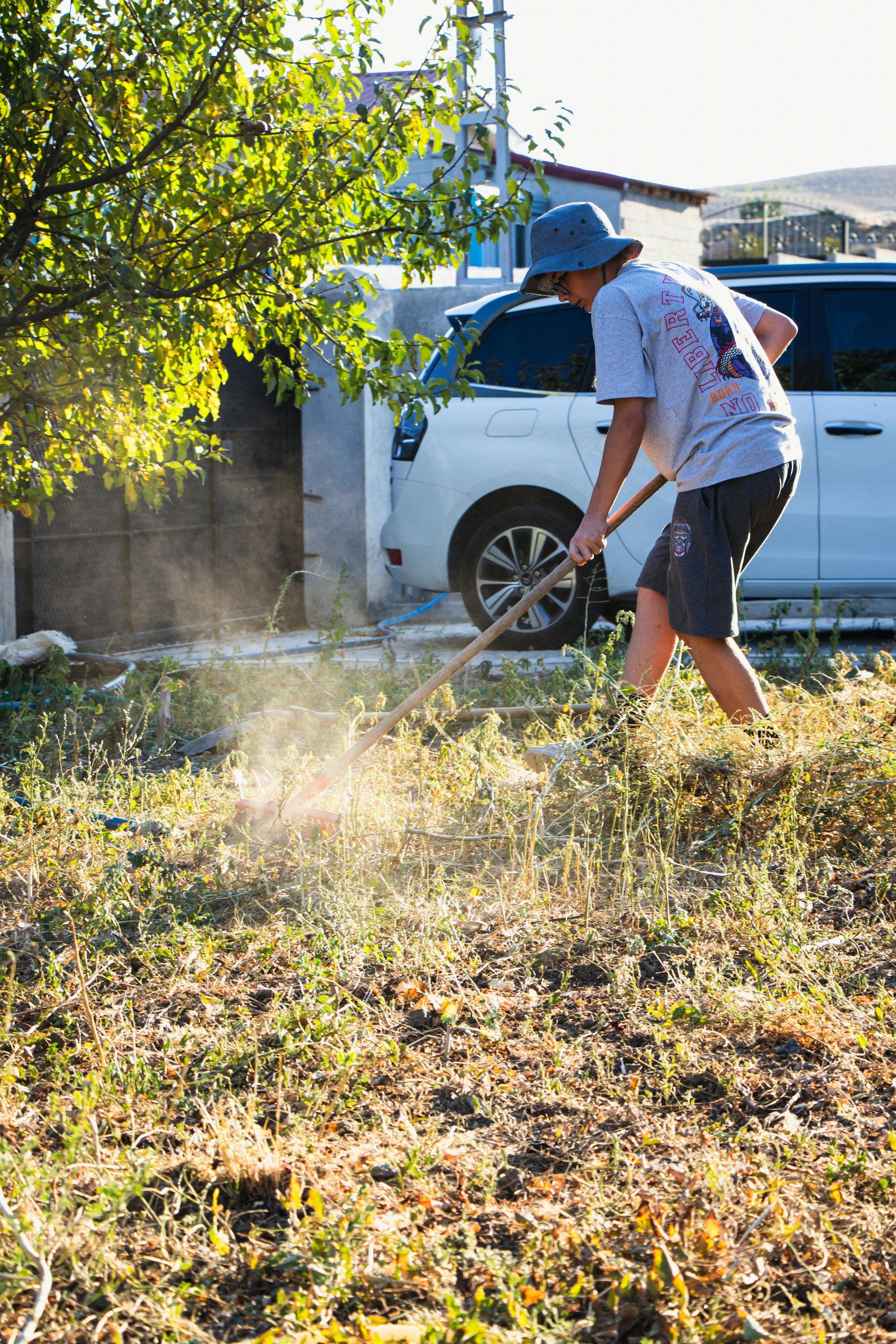We all have a window of tolerance. When we are operating outside of that window, we behave badly. This window is widening or shrinking, depending on what happens during the day. When we sleep well, eat well, and get the physical movement that we need, our window is larger. Every choice we make during the day either enlarges the window or shrinks it. Every trauma that a person endures shrinks that window of tolerance. Trauma can be a change in caretakers, moving, a hospitalization, persistent bullying and many other things that make a person feel powerless. The children I work with typically have multiple traumas, and therefore they develop very small windows. Requests that seem quite reasonable can fall outside of that window of tolerance and lead to a child feeling overwhelmed, which looks like defiance. It doesn’t matter how smart or capable the child is, when his little window is full, any request can be too much.
Understanding what fits inside of our child’s window is key to success. Your child may be super athletic, but school is the only thing that fits into his little window. Soccer practice at the end of the day may fall outside of this window, no matter how much the child or you love soccer. Often parents don’t see discouragement; they just see defiance.“Buddy, put on your soccer things. We need to go,” can lead to a meltdown.
For children with a small window of tolerance, homework is almost always outside of that window. Research has shown that homework has no benefit in elementary school and very little benefit in middle school. There is no reason for a child with a small window of tolerance to be doing homework.














